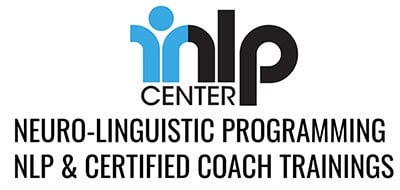
And if we did set such a conscious intention, how, specifically would we go about it?
This short article will set some guidelines and methods that will light the way.
First, connection is built around commonality. People who are like each other tend to like each other. And trust is easier to achieve because lack of familiarity tends to create anxiety.
Rapport, respect and support come more naturally among friends and comrades than among strangers and detractors.
So, the first thing most people try to do when meeting someone new is to find something in common. This is a safe place. If you were to set out to find only differences, rapport and trust might not happen quickly, if at all.
When using NLP to learn how to create rapport or a deeper connection and trust with others, you follow the same path of commonality – only you now have tools to do so in a much more profound way.
For example, through NLP we know that three of five senses – sight, sound and feeling – dictate communication styles. In other words, your preference for seeing vs. hearing vs. feeling comes out in the way you communicate.
Your preference is obvious (to those who are trained) in the words you use, the gestures you make, the way you speak and even the direction you move your eyes.
For example:
People communicate visually use visual words and phrases, such as: see, perspective, bright, light at the end of the tunnel, coming into focus, etc…
Visual people typically speak at a faster pace and gesture a lot as well.
People who prefer sound tend to use auditory words and phrases, such as: hear, rings a bell, in tune, harmony, resonates, etc…
They also tend to tilt their heads to the side when thinking and speak in even, rich tones.
Feeling-oriented people use words and phrases like: feel, in touch with, hit me like a ton of bricks, moves me, hot, cold, makes my skin crawl, etc…
People who prefer feelings tend to speak more slowly and need time to process things before their opinions. They also tend to touch more and often touch the part of their body where they are feelings things, such as a hand across their midsection.
How to Create Rapport with these NLP Insights
It only makes sense that if someone is talking in pictures, you will be better understood if you join them in their visual communication. If they are talking in pictures and you talk exclusively in feelings, you have a mismatch. Rapport and trust is slightly more difficult.
So, take a day or two and NOTICE how people around you communicate. Can you tell their preferred mode? If you can tell, what happens when you match it? What happens when you mismatch it?
Little shifts like that can make a big difference and this is just one possible shift you can make among the dozens that NLP has to offer.
Good luck! And let me know how it goes!
Of course, the best way to learn and apply NLP, including how to create rapport, is to take our NLP Practitioner Certification training. It is literally filled with complete NLP models of inner and outer communication. These models are unique and – as a complete package – are the most sophisticated set of interpersonal tools on the planet. It is not magic. It just works!


